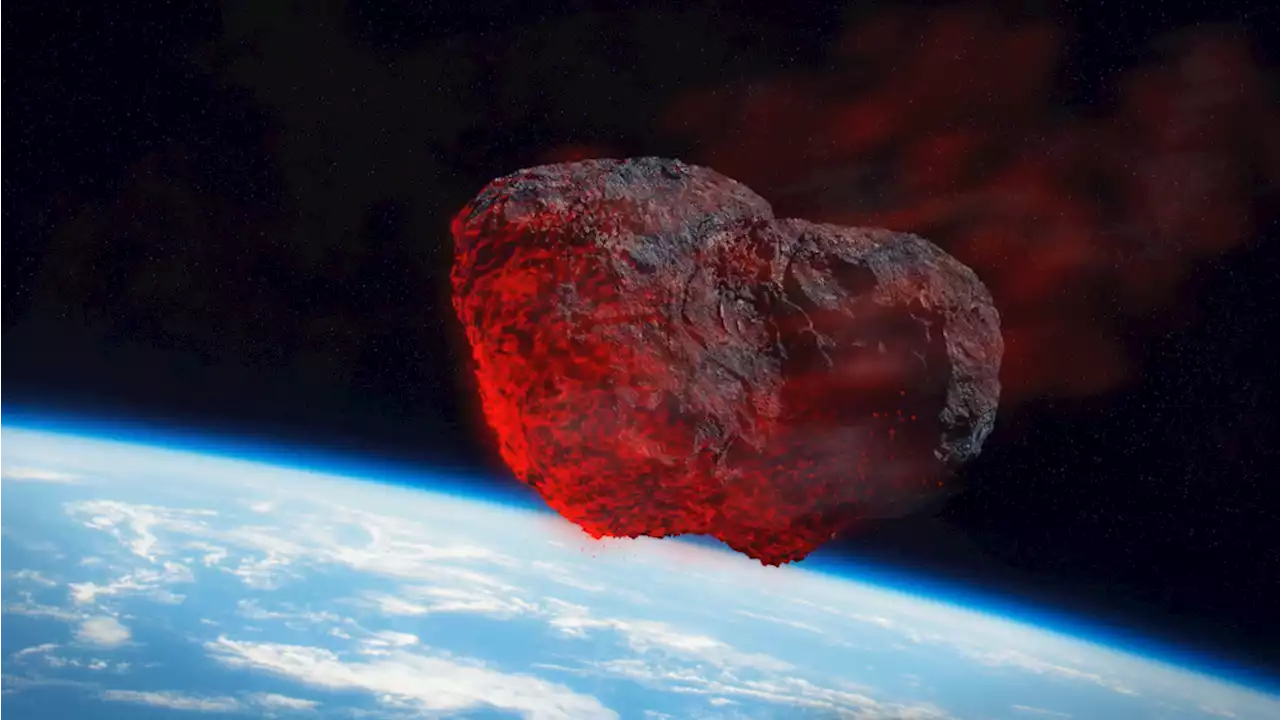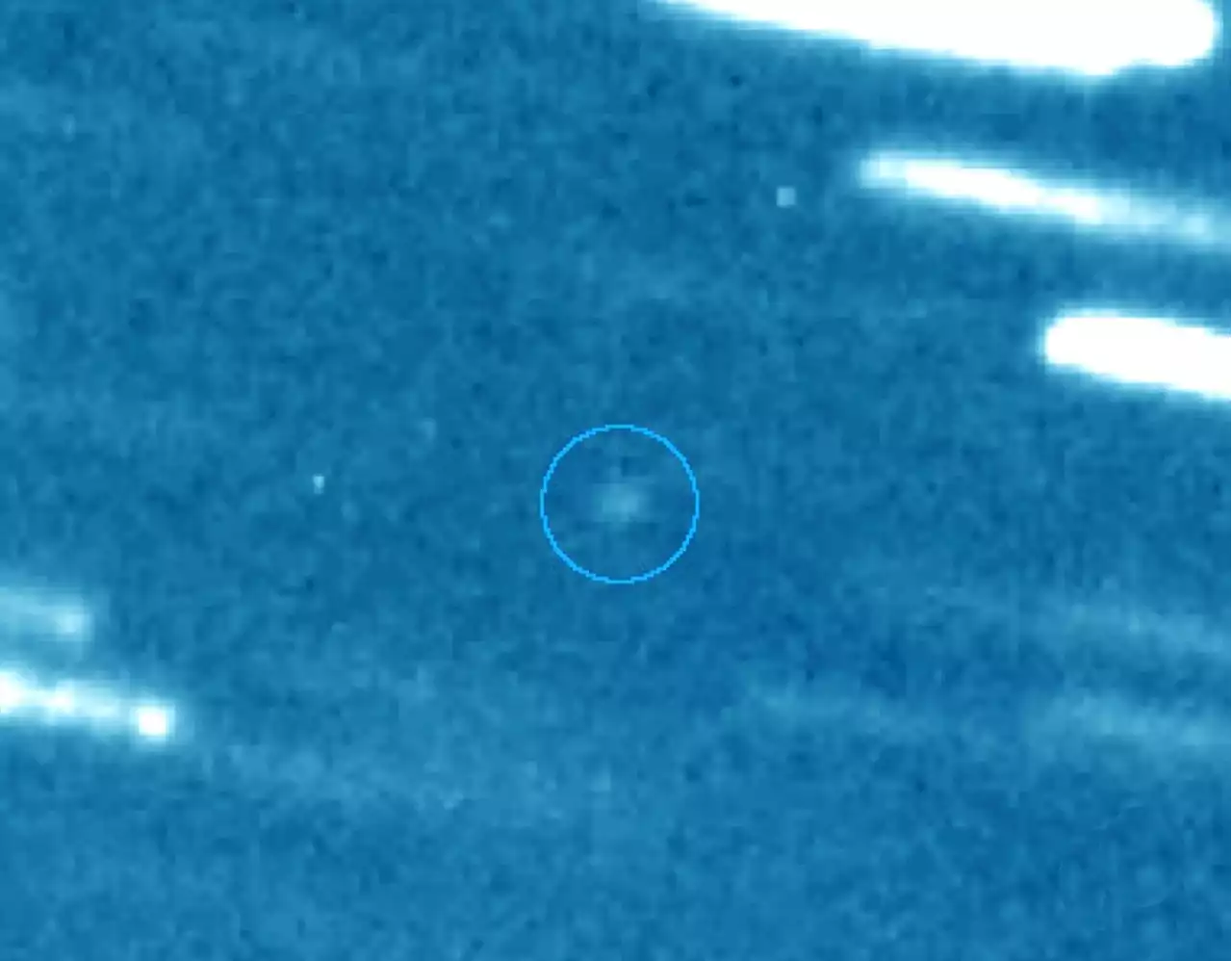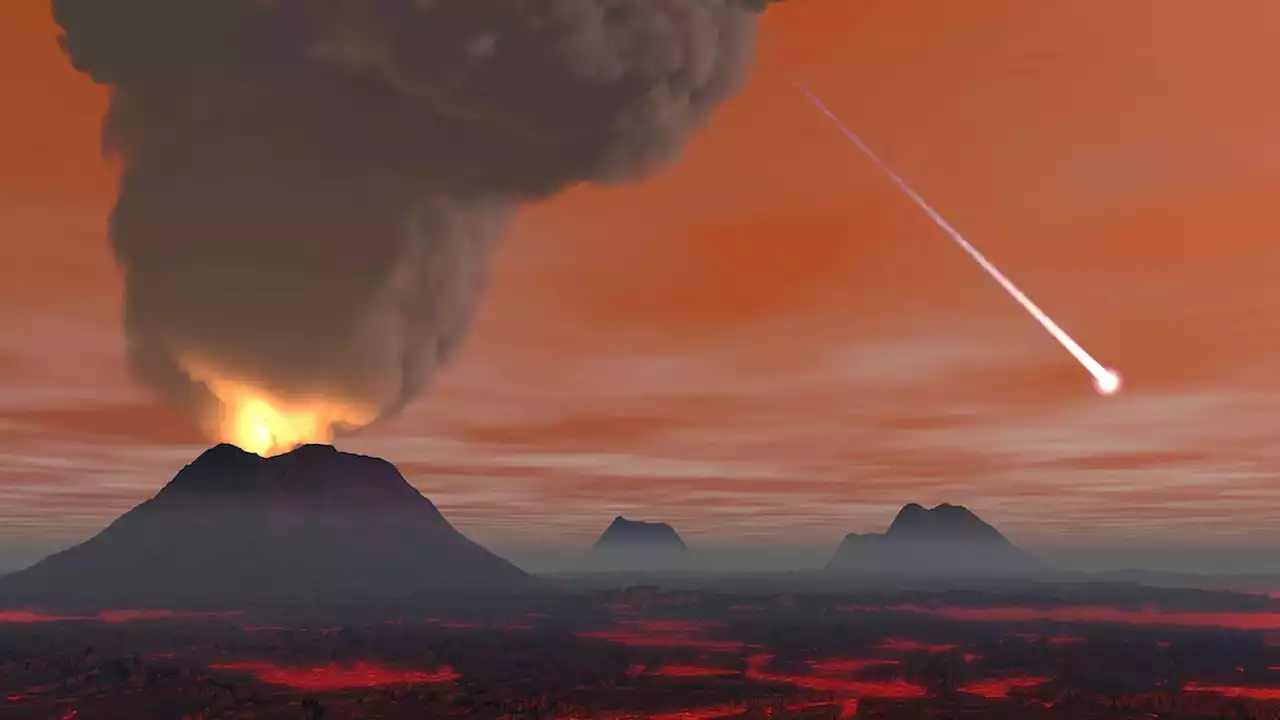Before trees etched the seasons in their rings or plate tectonics buckled Earth’s surface, what did Earth look like?
But aside from these glimpses, the scenery on Earth’s surface during this time—including the environments that might have fostered these earliest sparks of life—largely remain a mystery.
“If we can begin to constrain the types of materials that are around at that time,” Trail says, “that perhaps pushes us one step closer to understanding how biochemical reactions, or prebiotic reactions, may have utilized the crust at that time as a substrate.”For answers, Trail and his colleagues turned to silicon and oxygen. Together, these elements make up roughly 75 percent of the rocks on Earth today, he explains. And both have a useful feature: they have more than one type, or isotope.
To conduct the delicate analysis of silicon and oxygen contained in the zircons, the team turned to the high-resolution ion microprobe at the University of California, Los Angeles, which shoots a fine beam of charged atoms at the tiny samples and measures the ejected ions that bounce back. For the test, they collected zircons just older than 4 billion years—each about 100 microns across or roughly the width of a human hair—from the Jack Hills region of Western Australia. They compared the chemistry of these ancient minerals to that of younger zircons with more definitive origins as a “bridge” to help interpret the different ratios of isotopes, Trail explains.
Some zircons contain the chemical signatures of rocks weathered by water to form clay. Other zircons bear the signatures of dissolved minerals that crystallize to form rocks like chert or banded iron formations in lakes or oceans. Still others have the signature of a process known as serpentinization, so called for its snake-skin-like texture and color. During this process, water reacts with rocks enriched in iron and magnesium, incorporating itself into the mineral structures.
France Dernières Nouvelles, France Actualités
Similar News:Vous pouvez également lire des articles d'actualité similaires à celui-ci que nous avons collectés auprès d'autres sources d'information.
 If A Planet-Killing Asteroid Threatens Earth, These Astronomers Have a PlanOur technologies are on the verge of being able to save us. But it will be close.
If A Planet-Killing Asteroid Threatens Earth, These Astronomers Have a PlanOur technologies are on the verge of being able to save us. But it will be close.
Lire la suite »
 Space Archaeology Takes Aim at EarthA relatively new realm of archaeology uses technology to take the discipline out of the dirt and into the skies.
Space Archaeology Takes Aim at EarthA relatively new realm of archaeology uses technology to take the discipline out of the dirt and into the skies.
Lire la suite »
 Where on Earth Was Aidan in 'And Just Like That'?No one bothered to correct John Corbett's promise that the carpenter once engaged to Carrie would return.
Where on Earth Was Aidan in 'And Just Like That'?No one bothered to correct John Corbett's promise that the carpenter once engaged to Carrie would return.
Lire la suite »
 ‘Jackass Forever’ Struts $20M+ Opening, ‘Moonfall’ Plummets To Earth With $9M+ – Saturday Box OfficeSaturday Update: A $10M movie based on a 22 year old reality TV series is decimating a $146M production based on a fatigued disaster movie genre this weekend. More to the point, Paramount’s J…
‘Jackass Forever’ Struts $20M+ Opening, ‘Moonfall’ Plummets To Earth With $9M+ – Saturday Box OfficeSaturday Update: A $10M movie based on a 22 year old reality TV series is decimating a $146M production based on a fatigued disaster movie genre this weekend. More to the point, Paramount’s J…
Lire la suite »
 There Are About 73,000 Tree Species on Earth, New Study Shows | Sci-News.comNew research indicates that there are 73,274 tree species globally, among which about 9,200 tree species are yet to be discovered.
There Are About 73,000 Tree Species on Earth, New Study Shows | Sci-News.comNew research indicates that there are 73,274 tree species globally, among which about 9,200 tree species are yet to be discovered.
Lire la suite »
 Astronomers Identify Second Earth Trojan Asteroid: 2020 XL5 | Sci-News.com2020 XL5 will be an Earth Trojan asteroid for at least 4,000 years, according to a paper published in the journal Nature Communications.
Astronomers Identify Second Earth Trojan Asteroid: 2020 XL5 | Sci-News.com2020 XL5 will be an Earth Trojan asteroid for at least 4,000 years, according to a paper published in the journal Nature Communications.
Lire la suite »
